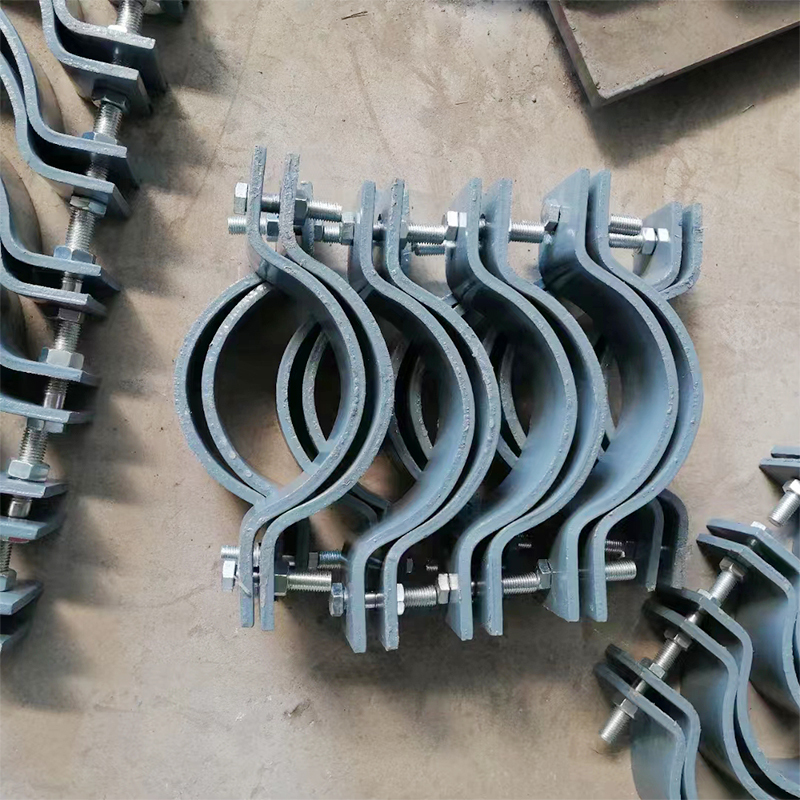The Ultimate Guide to Pipe Clamps: Mastering the Essentials
Pipe clamps are indispensable tools in various industries, offering a secure and reliable means of holding pipes together during construction, repairs, and installations. Whether you're a seasoned professional or a DIY enthusiast, understanding the ins and outs of pipe clamps is essential for ensuring the success and safety of your projects.
What are Pipe Clamps?
Pipe clamps also known as pipe hangers or pipe supports, are devices designed to hold and support pipes in position. They come in a variety of shapes, sizes, and materials to accommodate different types of pipes and applications.

Types of Pipe Clamps
1. Standard Pipe Clamps
Standard pipe clamps are the most common type, featuring a simple design consisting of a clamp body and a threaded bolt for tightening. They are suitable for securing pipes to walls, ceilings, or other structures.
2. Suspension Pipe Clamps
Suspension pipe clamps are designed to hang pipes from overhead structures, providing pipe support and stability while allowing for vertical movement.
3. U-Bolt Clamps
U-bolt clamps, as the name suggests, feature a U-shaped bolt that wraps around the pipe and secures it to a surface using nuts and washers.
4. Split Clamps
Split clamps are designed to accommodate pipes that are already in place, allowing for easy installation without the need to disassemble the pipe.
Choosing the Right Pipe Clamp
When selecting pipe clamps for your project, it's essential to consider several factors, including the type and size of the pipe, the environment, and the load-bearing requirements.
Installation Tips
1. Proper Placement
Ensure that pipe clamps are placed at regular intervals along the length of the pipe to provide adequate support and prevent sagging or bending.
2. Secure Fastening
Always tighten the clamp securely to ensure a stable and reliable connection. Use appropriate tools and equipment to achieve the desired level of tightness.
3. Insulation
In environments where temperature fluctuations are common, consider using insulated pipe clamps to prevent condensation and potential damage to the pipe.
4. Regular Inspection
Periodically inspect pipe clamps for signs of wear, damage, or loosening. Replace any damaged or worn clamps promptly to maintain the integrity of the installation.
Benefits of Using Pipe Clamps
1. Versatility
Pipe clamps can be used in a wide range of applications, from plumbing and HVAC systems to industrial piping and construction projects.
2. Cost-Effectiveness
Compared to alternative methods of pipe support, such as welding or strapping, pipe clamps offer a cost-effective and efficient solution.
3. Durability
Constructed from high-quality materials such as stainless steel or galvanized steel, pipe clamps are built to withstand harsh environmental conditions and heavy loads.
4. Easy Installation
With their simple and intuitive design, pipe clamps can be installed quickly and easily by professionals and DIY enthusiasts alike.
Conclusion
In conclusion, pipe clamps are essential tools for anyone working with pipes in construction, plumbing, or maintenance. By understanding the different types of clamps available and following proper installation techniques, you can ensure the success and safety of your projects.
Experience the difference with Zhiang pipe supports Manufacturer and discover why countless customers trust us for their projects.

Comments
Post a Comment